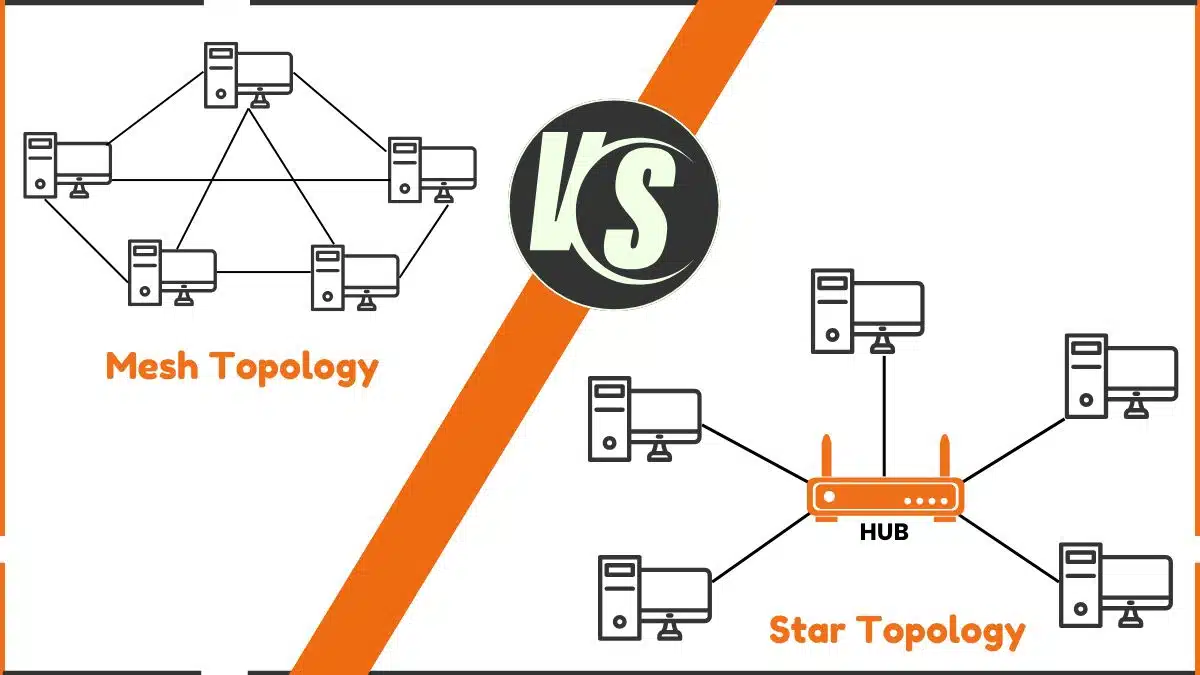Difference Between LCD and CRT
The main difference between an LCD and a CRT monitor is that LCDs use liquid crystals as their primary component, while CRTs use a vacuum tube. In terms of power consumption, LCDs use less power than CRTs. LCDs also have a shutter effect that allows them to twist light in order to display an image, while CRTs use beam penetration and shadow masking methods.
CRT (Cathode Ray Tube)
The cathode ray tube (CRT) was invented by John Ambrose Fleming in 1897. A CRT works by accelerating electrons across a vacuum gap towards a phosphor-coated screen. When the electrons strike the phosphors they release photons which create the image.
CRTs were first used in televisions and computer monitors until their use began to decline due to their size, weight, power consumption, and fragility. Today, CRTs are still used in some applications where size, weight, and cost are not concerns.
LCD (Liquid Crystal Display)
A liquid crystal display (LCD) uses tiny molecules called liquid crystals that change orientation depending on the amount of electricity applied.
An electric field changes the alignment of these molecules causing them to either block or allow light to pass through. In addition to being thin, lightweight, and low-power-consuming, LCDs have fast refresh rates and high contrast ratios.
| CRT | LCD |
| CRT stands for Cathode Ray Tube. | LCD stands for Liquid Crystal Display. |
| It is less expensive than an LCD monitor. | It is more expensive than a CRT monitor. |
| It takes up more desk space. | It takes less desk space. |
| It uses more energy than an LCD monitor. | It uses less energy than a CRT monitor. |
| It uses picture tube technology. | It uses liquid crystal technology. |
| Its weight is more than LCD. | Its weight is less than CRT |
| It is used for personal computers. | It is used for notebook computers, PDAs, cellular phones, and personal computers. |
| It emits harmful radiation. | It does not emit harmful radiation |
| This product doesn’t have good image confinement. | This product has good image confinement. |
| CRT’s resolution is lower than LCD’s. | LCD’s resolution is higher than CRT’s. |
| CRT (cathode ray tube) technology is used in televisions and was once used in older computer monitors. | LCD (Liquid Crystal Display) technology is used in flat screens. |
Related FAQs
What is a CRT monitor?
A cathode-ray tube, more commonly known as a CRT, is a specialized vacuum tube that produces images by using an electron beam to strike a luminous surface. The CRT in a computer display is similar to the “picture tube” in a television receiver. Many desktop computer displays use CRTs because they produce high-quality images.
How does CRT monitor work?
A CRT (cathode ray tube) works by heating a tungsten coil with an electric current. This in turn heats the cathode, or electron-emitting surface, in the rear of the CRT. The resulting electrons are then focused and modulated by a series of electrodes, which ultimately create the image on the screen.
What is the LCD used for?
The LCD panel is a device used to display microcomputer information on a larger screen with the help of an overhead projector. This allows large audiences to view on-screen information without crowding around the TV monitor.
What are LCD and CRT?
CRT stands for Cathode Ray Tube and LCD stands for Liquid Crystal Display area unit the kinds of display devices wherever CRT is employed as standard display devices whereas LCD is more modern technology.







Leave a Reply